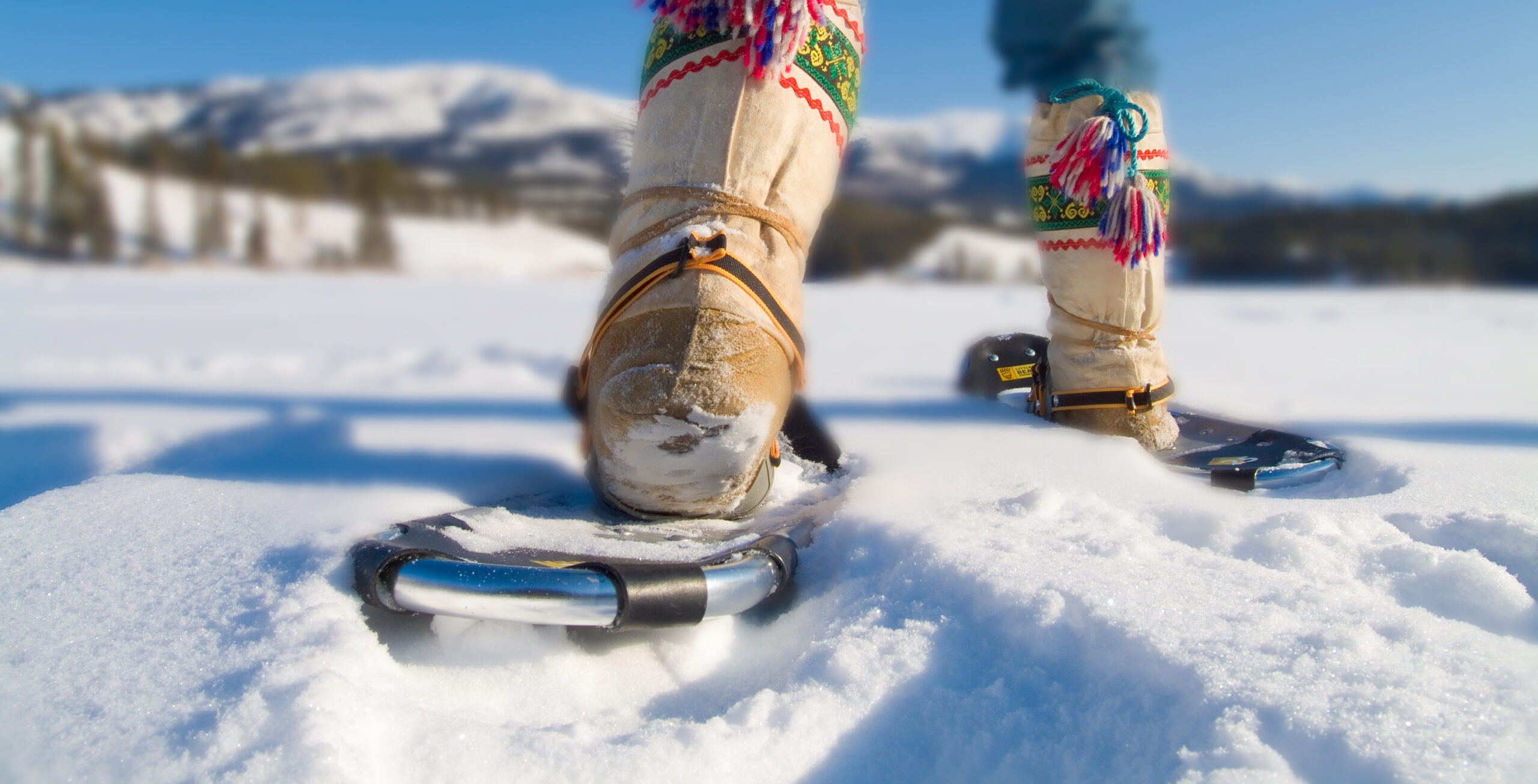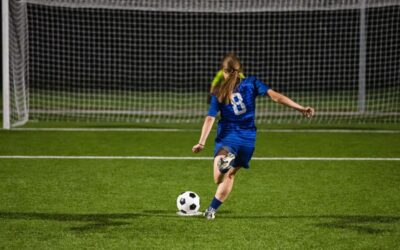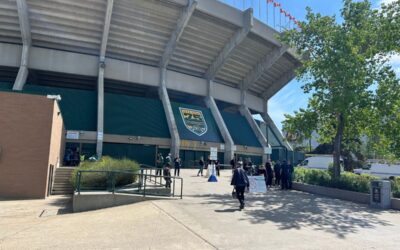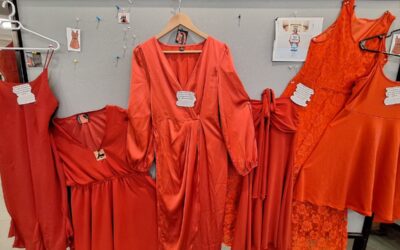The development of Indigenous athletes has historically been in a fashion that suited the “mainstream” Canadian sports systems.
The Indian Act and Residential Schools had placed importance on Euro-Canadian sports such as basketball, baseball, and hockey over traditionally-Indigenous games like hand games, lacrosse and those played in the Arctic Winter Games. These Euro-Canadian sports were used as a significant part of the assimilation process and acted to forward the mainstream system, instead of being mutually beneficial.
As a result, there are now two distinct sports systems in Canada — the mainstream and the Indigenous.
But, the 2010s have seen a rise in inclusive, collaborative sports programs between Canada’s mainstream organizations and its Indigenous groups.
The intent of these pairings is to create stronger relationships and understandings between Indigenous sports participants and third-parties.
“To do otherwise is to risk silencing minority cultures to the point…[where they are] asked to reposition their perspective and adopt the mainstream norms within the region,” says The Role of Families in Youth Sport Programming in a Canadian Aboriginal Reserve, a study out of Laurentian University.
Work being done by Sport for Life, and Canadian post-secondaries such as Laurentian University and University of Alberta, alongside Indigenous stakeholders, such as Aboriginal Sport Circle, are providing a framework for how these two groups can cooperate on further developing youth sports in Indigenous communities.
Sport for Life and Aboriginal Sport Circle recognized this in 2013 when they began work on drafting a plan that would distinguish the pathways from “playground to podium” that Indigenous peoples can take. Published in 2016, the 80-page Aboriginal Long-Term Participant Development Pathway (ALTPD), provides a comprehensive guide for coaches, parents, and athletes on how to organize fun and competitive sports programs for Indigenous peoples of all ages.
Source: Aboriginal Long-Term Participant Development Pathway
“Indigenous peoples have created their own very vibrant, healthy sports system. And now our challenge is: how do we ensure that Indigenous participants have the opportunity to cross-over-and-back between mainstream and Indigenous sports systems. We need to create an environment where they’re comfortable and can thrive,” said Andrea Carey of Sport for Life.
For five years, Laurentian University worked closely alongside an Indigenous reservation in northern Ontario to research the importance of families within their youth sports system. While the study focuses on how family shapes these sports programs, the process of culturally-sensitive and inclusive interactions is a major component of the piece.
The U of A has also made great strides right here in Edmonton by completing a study that focuses on best-practices for researching sports within the Indigenous pathway.
“Our research has provided in-depth insights into the experiences and meanings of sport for Indigenous youth, and contributed to furthering understandings of the necessary processes that are foundational to engaging in relevant and respectful sport research with Indigenous youth,” says the U of A study, Community-Based Sport Research with Indigenous Youth.
At this stage, the work is less about results, and more about developing relationships and establishing a shared idea of what is important for Indigenous athletics moving forward.
But, Aboriginal Sports Circle and Sport for Life do have an idea of what they hope to see from their work.
“Aboriginal leaders from across Canada have identified three key outcomes to be measures of successful implementation: 1. Aboriginal children develop the skills, motivation and desire to be active. 2. More Aboriginal athletes reach higher levels of excellence through a pathway of developmentally appropriate training, competition and recovery programs. 3. The quality of sport and physical activity programs improves, resulting in an increased number of Aboriginal people who are active for life,” says the Aboriginal Long-Term Participant Development Pathway: Sport Organization Guide, a 2016 resource also created by Sport for Life and Aboriginal Sport Circle.
Studies in Alberta have found limitations that make accessing sports challenging for Indigenous youth, such as access to transportation, equipment, and facilities, as well as a variety of intrapersonal issues. Despite this, “results showed that approximately 65% of Indigenous youth in Canada participated in sport at least once per week,” says the U of A study.
These numbers speak heavily on the significance of sports in these communities. But not only is the importance in the numbers, but also in the effect sports has on these young athletes.
“Scholars have suggested sport programs for Indigenous youth can have ‘healing potential’ and be a ‘powerful medicine’ that can contribute to all of the dimensions (i.e., physical, mental, spiritual, emotional) of holistic health,” says the U of A study.
“This [sentiment] was something we’ve definitely heard as we went across the country from leaders and Elders in nearly every conversation we’ve had,” said Carey.
Source: Aboriginal Long-Term Participant Development Pathway
While all of these organizations have made progress in developing strategies for collaborating with Indigenous groups, it should be known that there is no “one-size-fits-all” plan for these interactions.
“Each Provincial-Territorial Aboriginal Sport Body (PTASB) is in different places in terms of implementation…it takes different forms across the country and within each PTASB,” said Carey.
Sport for Life and Aboriginal Sport Circle have developed workshops to aid implementation of the ALTPD within sports and community programs with a focus on how they “can adjust the competition pathway and some of the policies within the system to ensure that they create a clearer pathway for Aboriginal participants and athletes,” says the resource. These workshops focus on strengthening communication and relationships between the mainstream and Indigenous sports systems and reinforcing the information and strategies presented in the ALTPD resource.
“It’s a journey, it’s not one interaction and now you have a relationship. It takes time, energy, patience, and perseverance. These are tools that can be utilized as a catalyst of these relationships, but leaders need to legitimately care about why this work is important is critical to being successful,” said Carey.
As these systems have not been in place for long, only time can tell how impactful they will be within Indigenous sports and Canada’s sports world in general.
Photo Source: Mapping the Way
- Senior Editor, Jory Proft







